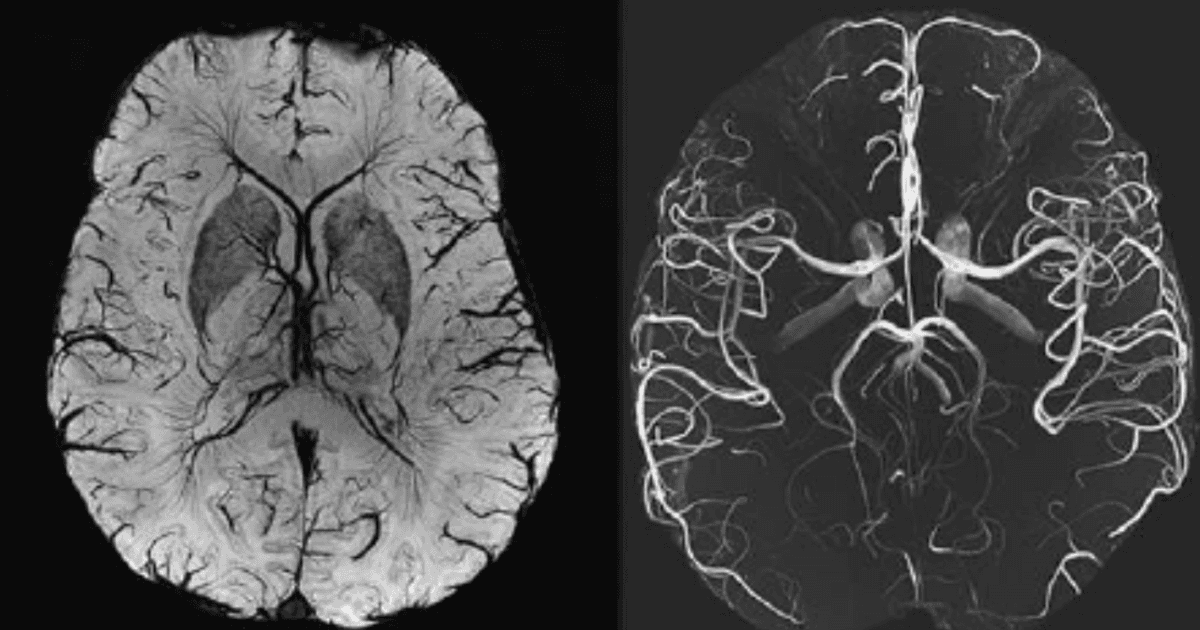Novo Nordisk (NVO) Leads Alzheimer’s Prevention Race, But Eli Lilly (LLY) Could Win the Market


Alzheimer's disease is common, fatal, and scary. It robs you of your mind. More than 7 million Americans suffer from this disease, with another 500,000 being diagnosed every year.
Mostly, this disease affects the senior set, with one notable exception: about 4% of people with European heritage have a genetic flaw that plays out in late middle age called APO E4.
Even though this is a small segment of the general population, it's a huge part of the Alzheimer's population – about half of all people with Alzheimer's have one or two copies of APO E4.
How a Broken Blood–Brain Barrier Triggers Alzheimer’s
Our best understanding is that APO E4 affects a class of brain cells called the astrocyte – a star-shaped cell that surrounds the blood vessels in your brain, forming the blood-brain barrier.
When that barrier breaks down, particles from your bloodstream cross over into the pristine environment of your brain. These blood particles can also include viruses.
In other words, when your blood-brain barrier breaks down, you can either get a brain infection or a near-infection. Either way, your brain fights back, producing amyloid protein.
In early life, our ability to make amyloid is protective. It's supposed to cover and contain particles or viruses that sneak into your brain. But you can have too much of a good thing.
There are rare cases where excessive amyloid production kills a person in their 30s. Thankfully, because these mutations are so dangerous, they are not widespread.
For most everyone else, the slow – or sometimes fast – accumulation of amyloid forms plaques that block normal brain messaging, leading to the death of brain cells, then functions, then life.
Alzheimer's later in life likely comes from the decay of the blood-brain barrier, often from the blood vessel side. This used to be called white matter disease. Now we can see that it's blood vessels.
This is thanks to powerful imaging technology – a massive 7-Tesla MRI machine, which can see small blood vessels in unprecedented detail. That's how we can now see those vessels decay.
The end result is the same, whether it's a failure from the astrocyte side (like with APO E4) or with gradual aging and a failure of blood vessel walls: you make beta amyloid as a defense.
There's also a second defense, called tau. Normally, tau holds up the branches of a nerve cell. But during acute brain injury or bleeding, tau is spit out by brain cells, like a kind of super glue.
Ultimately, this defense goes too far – either because the bleeding can't stop, a virus gets in, or there's just too much tau glue and amyloid plaque, and everything fails.
In a nutshell, that's Alzheimer's disease. It can come from APO E4 or advanced aging – but either way, it's your blood-brain barrier and your natural defenses that all fail together.
The Breakthrough Drug Class That Can Slow Alzheimer’s Progression
At least so far, there's only one class of drug that can slow the onset of Alzheimer's disease. These are specialized antibody drugs that can latch on to amyloid plaque.
The point isn't just to grab onto the plaque, though. Up to 20% of your brain is made up of resident white blood cells called microglial cells. The antibody drugs alert your white cells to the problem.
You see, white blood cells are on the lookout for antibodies – and antibodies have built-in warning beacons to call for help. Alzheimer's antibody drugs use that same beacon.
That's how these drugs work: your white blood cells both clear the amyloid plaque, find viruses the amyloid is trapping, and help rebuild your blood-brain barrier.
This last part is the real trick. Your brain's microglial cells can make a signal called VEGF – or vascular endothelial growth factor – which helps new blood vessels grow after infection or injury.
All this might seem theoretical, but we now have real clinical data for both of the approved anti-amyloid antibodies. We can actually see the amyloid plaque disappearing in patients.
Just as important, the longer people take these drugs, the slower Alzheimer's advances. In practice, that can mean delaying the disease by a year or two, preserving memory and faculties.
Japanese drugmaker Eisai makes one of these antibodies, called Leqembi. U.S. drug giant Eli Lilly (LLY) makes a similar antibody, Kisunla. Both antibodies are already FDA-approved.
How Novo Nordisk’s Rybelsus Targets Alzheimer’s from the Outside In
That's impressive, but it's not the end of the story. Novo Nordisk is developing a pill to delay Alzheimer's disease. This pill works from the outside in – by preserving your blood vessel walls.
And this brings us to a key modern problem: the obesity epidemic. If we were all thin and exercised regularly, the only threat to our blood vessel walls would be aging. But that's not the case...
The sugar we eat has to pass through the lining of our blood vessel walls to feed the rest of the body. But too much sugar can damage those vessel walls.
And most of us are eating too much sugar – whether it's in candy bars or caramel macchiatos. Either way, half of U.S. adults are now overweight or obese.
That means, for half of us, excessive sugar is directly damaging our blood-brain barrier – pushing us closer to Alzheimer's and its devastating neurological decline.
It's not just daily sugar, either. Gaining weight raises your blood pressure to feed extra tissue. This puts more stress on blood vessels. And fat tissue releases cytokines – inflammatory signals that keep the body in a state of constant, low-grade inflammation. That inflammation damages brain blood vessels, too.
Novo Nordisk's (NVO) proposed solution is to use the pill version of its weight-loss drug Ozempic, sold under the name Rybelsus. It's a lower effective dose but works the same way.
Both drugs share the same key ingredient, semaglutide. This drug activates your GLP-1 receptor, which helps control blood sugar and hunger while reducing inflammation.
Ideally, Rybelsus would offer three major benefits in early Alzheimer's disease:
- Control excess sugar
- Promote weight loss and lower blood pressure
- Reduce inflammation and protect blood vessel cells
All three effects should protect your blood-brain barrier, slowing the advance of Alzheimer's disease. Novo Nordisk is finishing a three year and four month long trial to prove this.
We haven't seen this data yet – it will be revealed at a medical conference later this year. Still, if we had to predict, we'd bet on success.
Why? Because whether caused by genetics or old age, Alzheimer's is likely started by the breakdown of your blood-brain barrier. And drugs like Ozempic can spare blood vessels.
There is one problem, though: cost.
Rybelsus, at 14 milligrams per day, adds up to 98 milligrams per week. The standard Ozempic injection, on the other hand, is only 1.4 milligrams per week. That's an 81-times difference.
For Novo Nordisk, that's a real math problem. Each Rybelsus patient consumes enough semaglutide to treat 81 Ozempic patients. At roughly $5,000 wholesale per year per patient, that's an opportunity cost of about $400,000 in lost sales for every Rybelsus prescription.
In short, Novo Nordisk can't currently afford to produce Rybelsus at the scale needed.
The Contender to Watch: Eli Lilly's Orforglipron
Fortunately for patients and for investors, there's another route. Eli Lilly (LLY) is testing a chemical pill that hits the same GLP-1 receptor as Rybelsus.
Because Lilly's drug – called orforglipron – is a chemical compound, not a protein, it's way easier and cheaper to make. Lilly could produce it for as little as $1 per day.
That means there is no 81 times opportunity cost. Lilly could undercut every GLP-1 competitor on the market. More likely, it'll charge the same price at richer margins.
In short, Novo Nordisk may prove the theory – that protecting blood vessels can slow Alzheimer's – but Eli Lilly will have the drug that makes it practical.
In some alternative universe where price doesn't matter and money grows on trees, Rybelsus will work against Alzheimer's. In the real world, Eli Lilly's orforglipron is the drug to watch and therefore, the stock to watch.
You heard it here first.
Regards,
Dave Lashmet


